Is Omer Arbel’s 2.4 Chair Hiding Something?
It’s a little sad to write about products produced in limited quantity—because it means most people will not get the pleasure of owning them. On the other hand, there is something pleasurable about knowing of such select pieces—and covering museum-quality furniture brings attention to the designer behind the work, who may, after all, eventually manufacture something for the rest of us. Such exclusivity is the case with the 2.4 Chair by Omer Arbel Office (OAO), the Vancouver-based firm that “blurs the boundaries between the fields of architecture, industrial design, and materials research.” Only twenty 2.4 Chairs were made, catapulting them to collector status: the Chicago Athenaeum Museum has already acquired one.
2.4 chair. Designed by Omer Arbel.
The 2.4 Chair combines resin and steel to create a one-of-a-kind lounge chair: “Structurally speaking, it is a hybrid system: tension forces are transferred through the stainless steel skeleton; compression forces are transferred through the cast resin shape.” Each chair produced used different color combinations of opaque and transparent layers that were “inspired by color samples selected by each patron.” The resin covers a steel scaffold which remains visible beneath the colorful exoskeletal shell; hence, the 2.4 Chair has a transparent construction—something OAO celebrates.
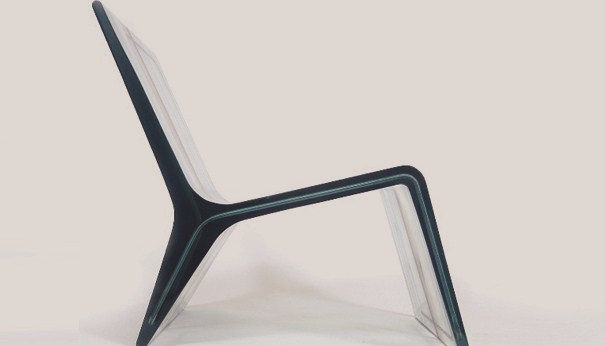
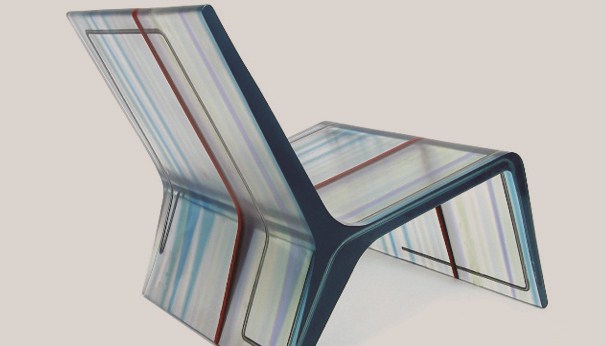
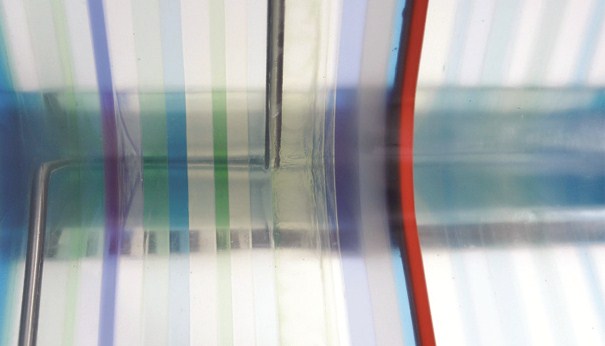
The design firm “embraces the object as a starting point for the design exercise” and looks “for ways to imbue the object with meaning.” The meaning varies on the viewer, no doubt, but I like to think that 2.4 says something about the value of a good foundation and the playfulness of hiding it. For an object to appear whimsical and yet rely on a strong base can be read as an artistic theory: you can’t break the rules unless you can master them. Aficionados of the grid will appreciate the 2.4 Chair’s underlying framework (material and philosophical).
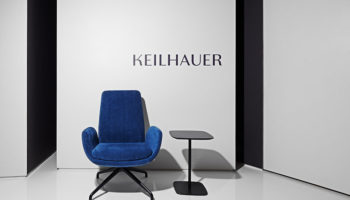
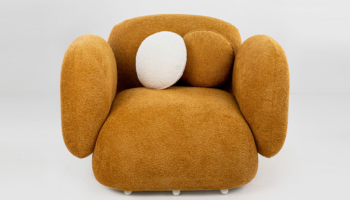

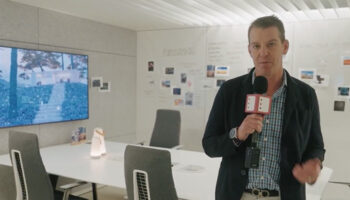
Leave a Reply